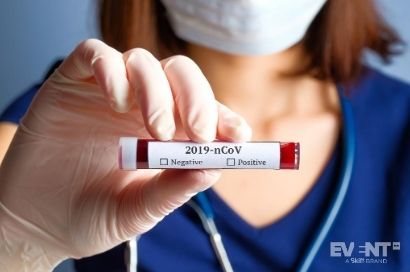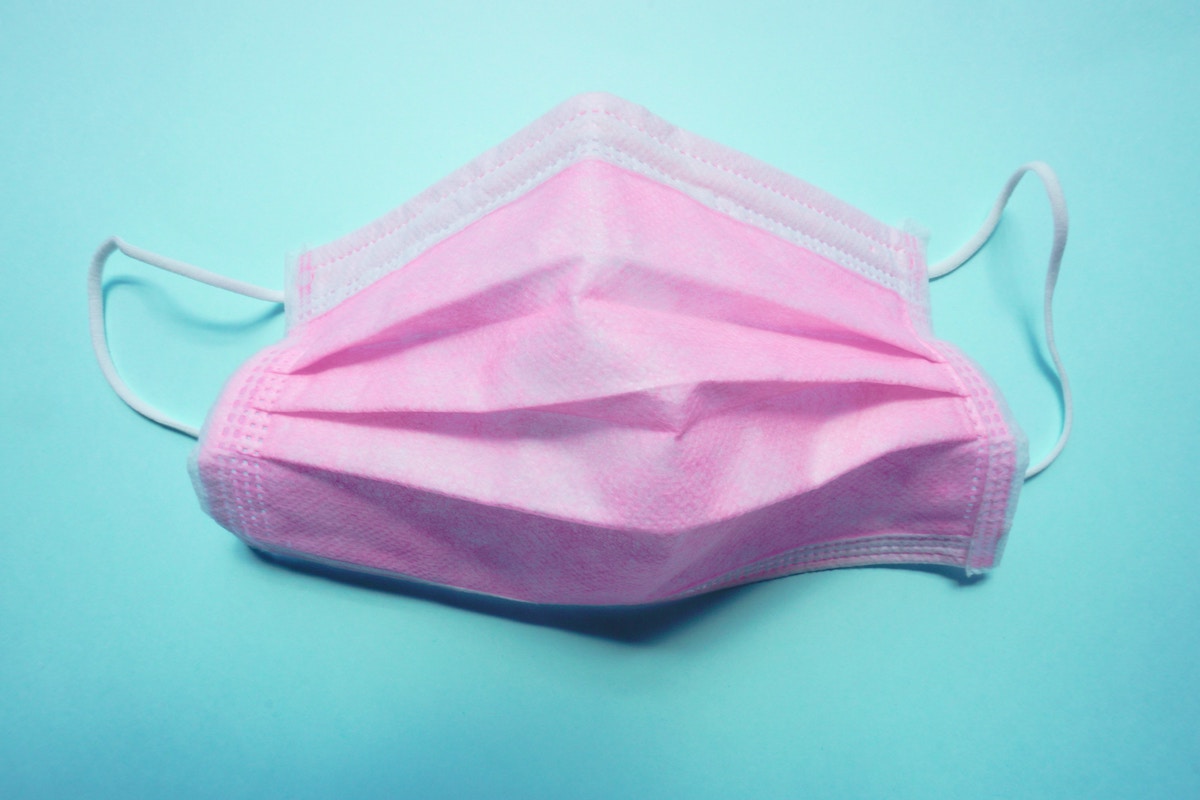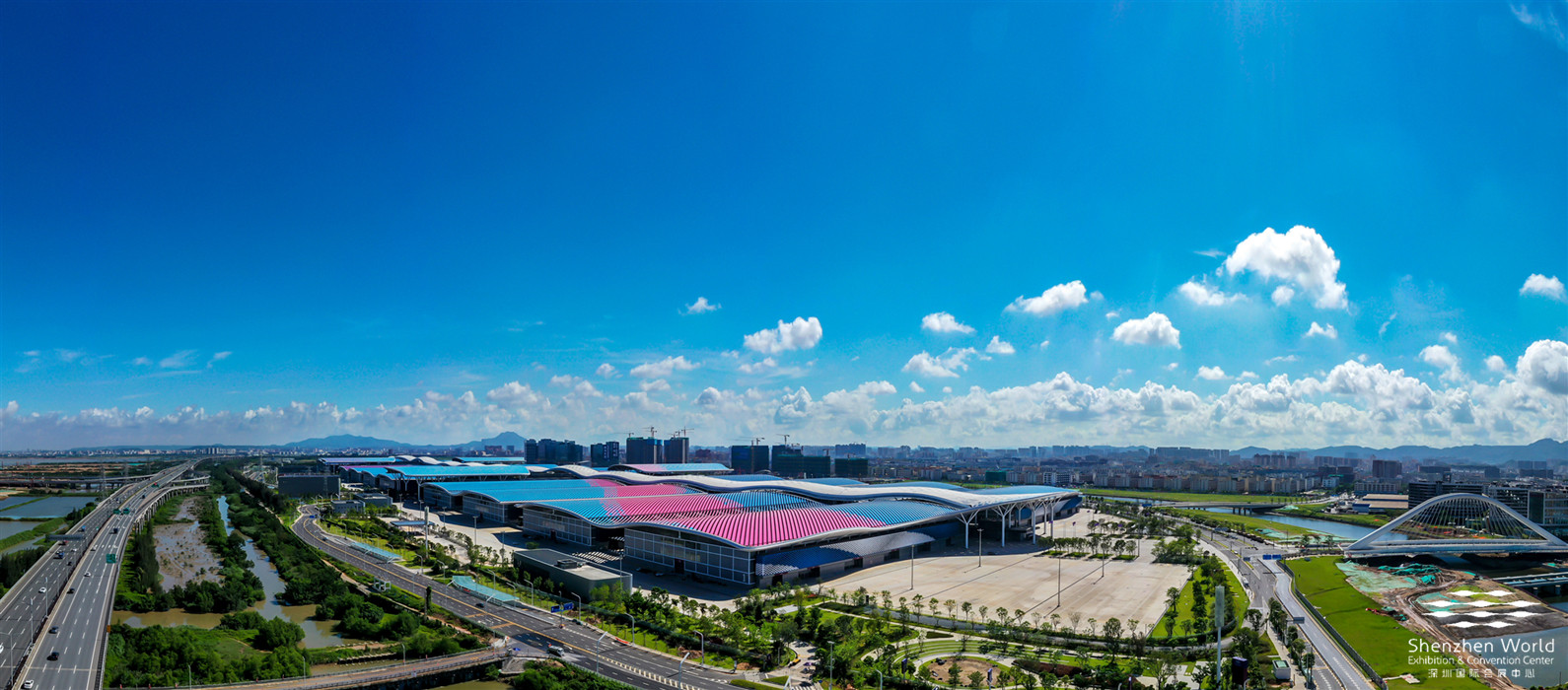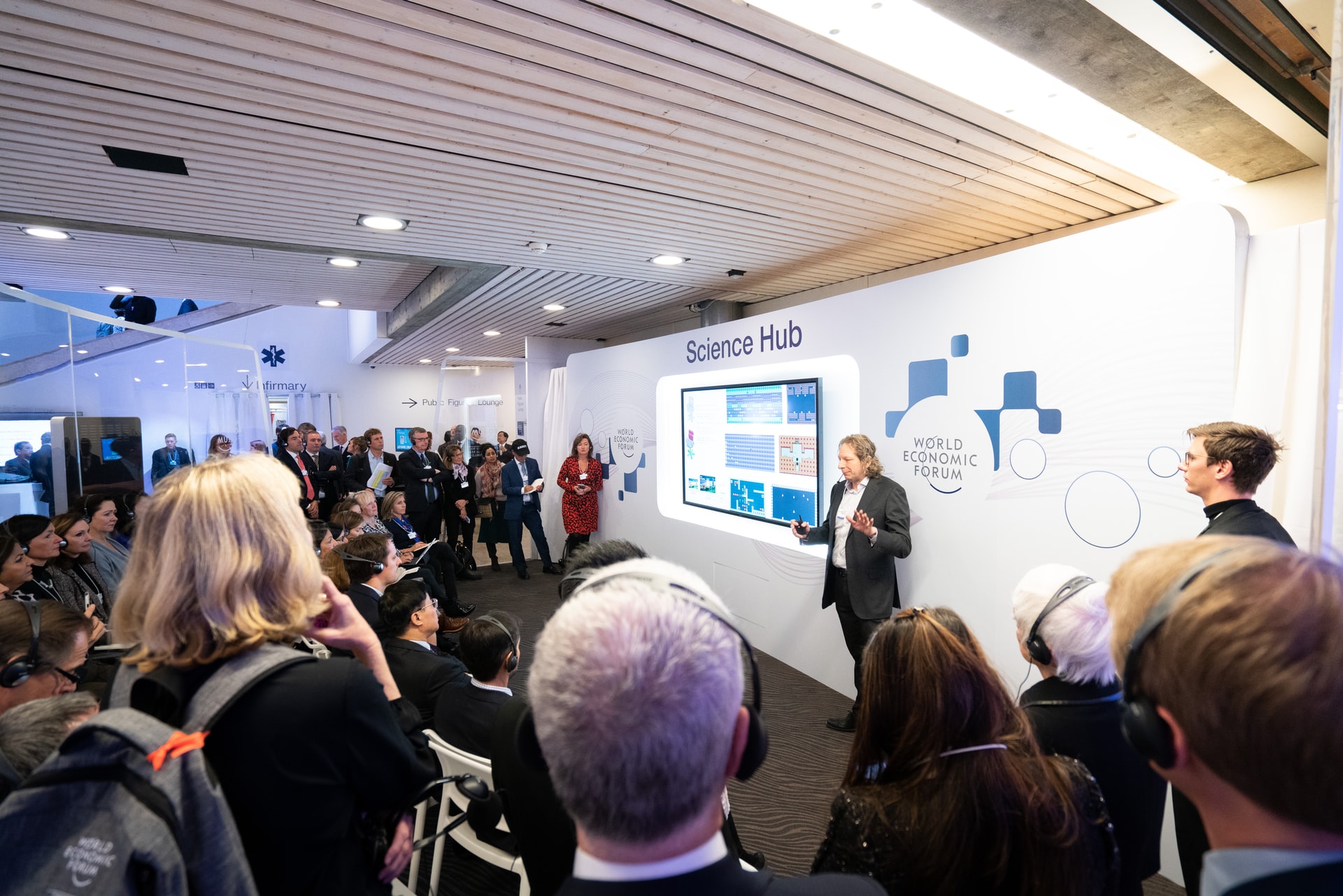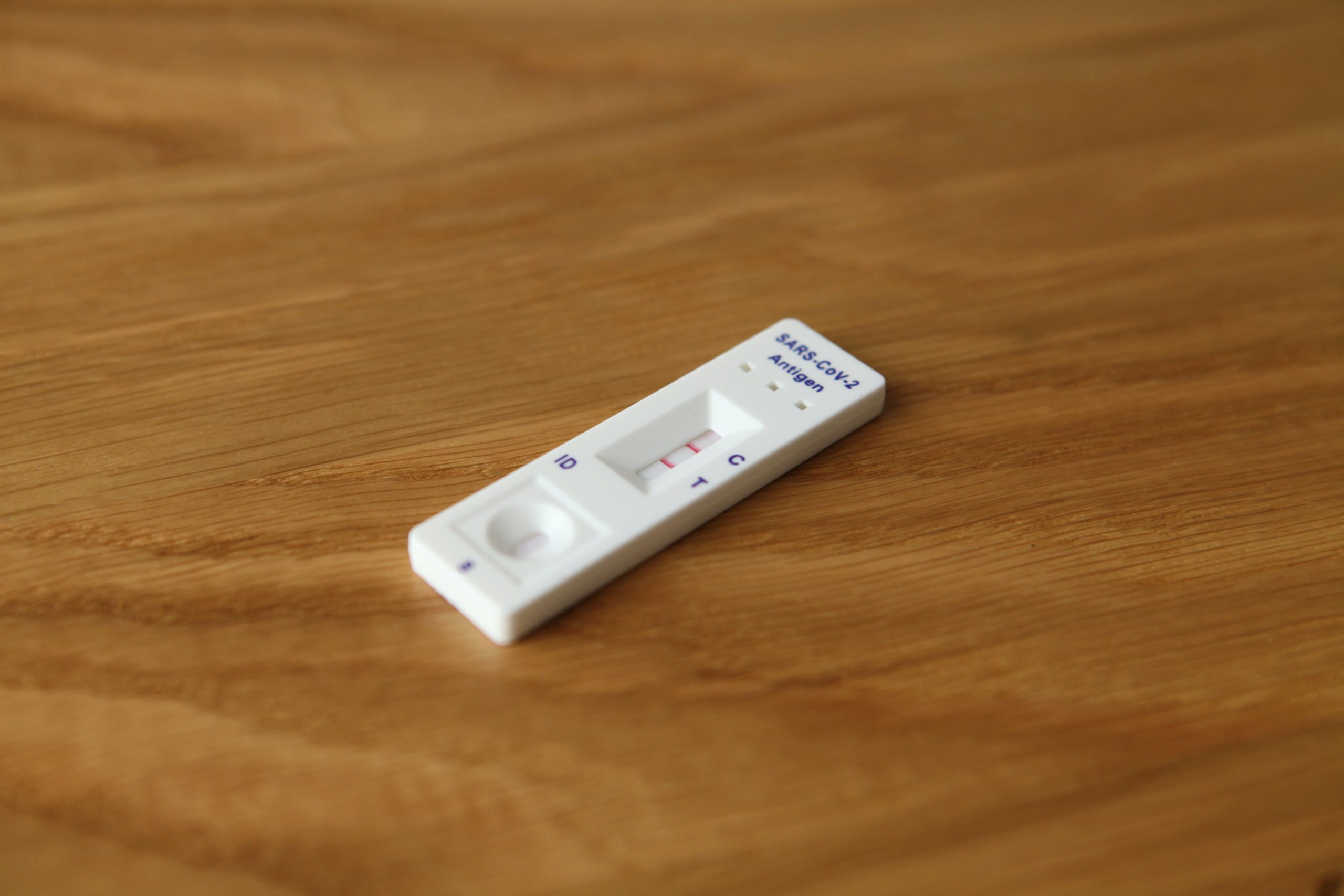Skift Take
As rapid testing debuts in airports, the events industry watches on to assess the implications for live in-person meetings. We spoke to Carlos-Henri Ferré of E25Bio, a company planning to produce an at-home rapid test solution, to get his take.
The event industry does not seem to have its eyes on the ball when it comes to a faster comeback to live. Many are concentrating on distancing and masks at reduced capacities rather than concentrating on the real game-changer for the industry: rapid testing.
The trouble with measures like mandatory masks and physical distancing at events is that compliance is a tough-to-predict variable. The only thing we do know for certain is that many people, professional and otherwise, are not prepared to follow the rules. The rise of new cases in Europe after a wild summer of parties and a lack of distancing proves that the virus is awaiting its own comeback.
The best solution may very well be to guard against potentially infected people attending the event in the first place. The promise of event bubbles hinges on the ability to determine the negative Covid-19 status of all participants; rapid testing can offer this alternative with increasing accuracy.
While the cost-effective rapid test from Abbott has just been approved by the FDA, it still requires a prescription and a lab-verified result, making it impractical for events. However, several airports have installed rapid testing stations that offer results on the spot, allowing travelers to determine their status upon arrival and avoid quarantines.
This promising development could mean that scalable, cost-effective testing is on the horizon, and the events industry should take note.
We spoke to Carlos-Henri Ferré of E25Bio, a company working on a cost-effective rapid test designed to be self-administered without the help of a technician or lab. While the company has yet to submit their at-home kit to the FDA [approval for their diagnostic polymerase chain reaction (PCR) test is pending], they have already produced similar rapid test delivery for other illnesses like Dengue fever.
The screening kit being developed now is not meant to replace diagnostic testing, but rather serve as one aspect of a multi-pronged approach that identifies and isolates Covid-positive people. They have even developed a mobile app for helping users read results and track positive cases on a geolocated map.
The events industry needs to get behind testing solutions. People who don’t respect the rules expose planners to liability and a massive impact on their brand.
How does your technology work?
Right now, what we’re developing is an at home, over-the-counter rapid test. There are a few ways you can do it: You can take a nasal swab, you can take a cheek swab, you can use saliva. Then, you put it in a tube much like this, which typically contains some type of buffer solution.
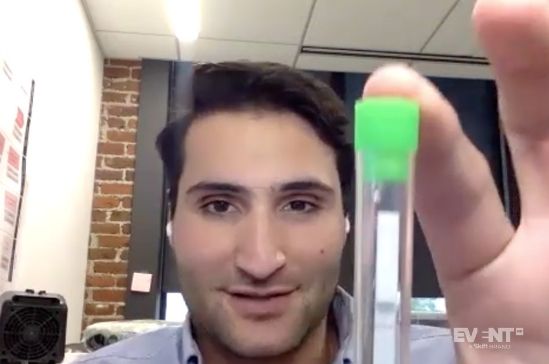
Then you insert this little paper strip. Once you insert the strip, it takes up to 15 minutes before you can see the result visually on the strip. The test band typically shows up within a few seconds, but we say 15 minutes just to be safe — just to give it enough time.
Can you walk me through how you would give yourself the test?
Nasopharyngeal tests are a little bit more complicated because the nasopharyngeal area is harder to swab yourself. They usually take place in labs because you need a technician.
Since this would just be a nasal swab, you don’t have to go very far in the nose and it’s relatively easy. A lot of our research and other academic research has shown that nasal swabs are just as good as nasopharyngeal swabs, and so that’s what we’re working with.
For an at-home test, I think it would either need to be a nasal swab or, preferably, saliva. Our scientists are trying to validate whether saliva collection is as reliable. Collecting a saliva sample would be as simple as spitting in a tube and then mixing that with some type of solution.
The ultimate goal is to provide a really accessible, easy, straightforward test where everything’s included and you can do it yourself without a technician’s help.
It sounds like a fast and easy solution if you can make it work. The two most important components for events are how fast it is and the cost. What is the cost you are forecasting for this once you go to market?
In terms of cost, the whole idea is that we want to make a test that is affordable and easily reproducible. PCR tests range anywhere between $50 to $160 and are too expensive. We don’t have an exact price settled yet, but we expect to come in at one 10th of that — somewhere between $5 and $15.
And what is the timeline for that?
There’s no way to say when the FDA will accept this type of test. The FDA’s guidelines for diagnostic tests require very high sensitivity, but the antigen tests we develop are not meant to replace PCR tests. They’re not ultimate diagnostics. An ultimate diagnostic will rely on PCR.
Rather, ours is a public health screening tool to help identify and separate infected individuals from uninfected individuals in order to limit spread, and we have not submitted this type of test yet.
If it doesn’t meet the FDA’s PCR sensitivity standard, will your screening tool be useful?
People mention the sensitivity of antigen tests all the time, and that they’re less sensitive. However, it’s really important to note that an antigen test is highly sensitive when it comes in contact with high viral loads — meaning people that are more likely to be super spreaders and transmit the disease.
If you're not showing up on a test with lower sensitivity — that is, if you don't have a high viral load going through your body or you're not shedding it — then you're not as much of a risk to other people than others who do have high viral loads.
If you look at the modeling, even if you have a test at 50 percent accuracy, assuming that you’re testing every few days, you can drastically reduce the curve and the pandemic.
Reporting is a concern as well. We’ve created a phone app to go with our tests that can read the results, populate the data, and in turn use that information in geolocated maps so people can make informed decisions about the disease.
We have to think of risk in relative terms and mitigate it in whatever ways we have reasonable access to. The problem with masks and social distancing is that we’ve seen we can’t trust people to comply with the rules once you get to a certain amount of people in the same space. Do you see rapid testing as a way to replace other measures that rely on compliance?
I think this is a multi-pronged approach, and I don’t think there’s one perfect strategy. It should be a combination of social distancing, wearing masks, rapid and frequent testing, vaccines once they become available.
We need to have different strategies in place. Rapid testing has its place here and can help get things back to normal.
Based on the level of requests and feedback you’re getting from around the world, do you expect rapid testing to be a solution in the near future?
While there’s no way to predict what the FDA will approve, the conversation is certainly moving in that direction. We’re confident in our science. I’m sure you saw that Abbott was approved for a 15 minute test that costs $5. It is prescription based, but these are all necessary steps in the right direction, and we’re getting requests from everyone you can imagine.
